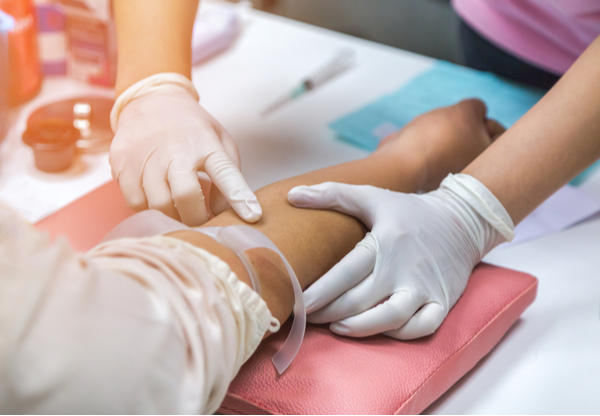Question:
Our CRO is planning a first in human Phase 1 dose escalation study in 2nd to 3rd line cancer patients who will receive an investigational drug. What are your maximum blood volume draw guidelines for this kind of study?
– Manager, CRO
Response:
The amount of blood volume taken at one time or over the duration of a study has multiple factors. Some organizations have general guidelines but will allow exceptions when justified by the needs of the study and the clinical circumstances; so, like in many situations in clinical research, the answer is really “it depends”.
But here are some things to consider which the IRB will assess. In order to approve a study, the IRB will consider the regulatory criteria approval at 45 CFR 46.111 and 21 CFR 56.111 including an assessment that:
- Risks to subjects are minimized by using procedures which are consistent with sound research design and which do not unnecessarily expose subjects to risk, and whenever appropriate, by using procedures already being performed on the subjects for diagnostic or treatment purposes; and,
- Risks to subjects are reasonable in relation to anticipated benefits, if any, to subjects, and the importance of the knowledge that may be expected to result.
The age, weight, and health of the subjects, the collection procedure, the amount of blood to be collected, and the frequency with which it will be collected are important specifics that apply. That is, assessing if risks are minimized will depend on factors outside of just the volume of blood to be collected. For example, there is a difference between 100 collections of 0.4 mL and one collection of 40mL, or collections from a finger stick, peripheral line, or a central line. Medical issues such as the cancer type under study, known health issues allowed by the eligibility criteria and screening for other medical conditions, such as baseline hematocrit, would need to be considered.
Other factors would also be considered. For example, is the person is in the emergency room or other hospitalized setting, is there a time limit on when the decision needs to be made, is the issue of capacity to consent addressed, are samples being collected for the convenience of research or done at the same time as any medically required samples, etc. Whatever risks are identified would be assessed in light of what measures are in the protocol to minimize these risks.
The minimized risks would then need to be reasonable in relation to anticipated benefits. If there will not be any direct benefit to subjects from the sampling, the risk would need to be reasonable in consideration of these subjects taking on risks only for the importance of the knowledge that may be expected to come from the research. The protocol’s description of the potential benefits is clearly important in this decision. Sometimes it is helpful to explain why a lesser amount or number of samples will not fully support the objectives of the research.
In summary, the requirement with respect to blood sampling in studies is that the risks are minimized and balanced by the expected benefits. The protocol should describe the methods to minimize risks and expected potential benefits.
Don't trust your study to just anyone.
WCG's IRB experts are standing by to handle your study with the utmost urgency and care. Contact us today to find out the WCG difference!
